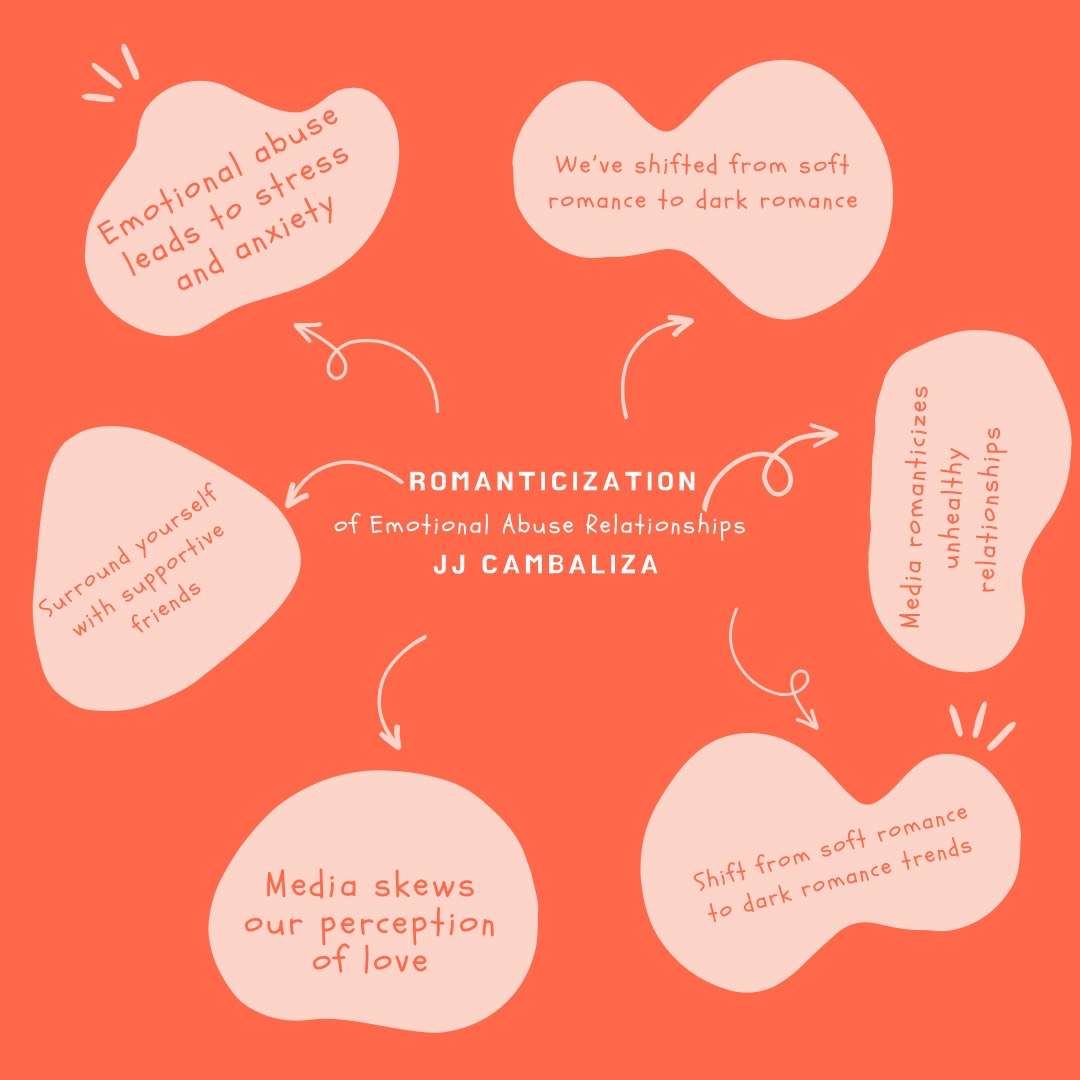According to depression statistics, suicide is the second leading cause of death for young people between the ages of 10 and 34. Much of what underpins these deaths are long term struggles with depression and anxiety. While there is no one-size-fits-all remedy, studies are beginning to show that among other remedies such as counseling and pharmaceutical help, something as simple as light exposure can help alleviate some of the symptoms of depression and anxiety.
According to college student mental health statistics, 75% of mental health problems start by the age of 24, with most symptoms appearing between 18 and 24 years of age. In a 2012 survey conducted by the National Alliance for Mental Illness, 64% of students with mental health challenges drop out of college.
There is a huge economic and personal loss due to the current mental health crisis. Nationwide, less than half of the students surveyed believed their school was doing enough to support mental health issues. Students can make a simple lifestyle choice to help support their mental health. For some, sunlight is beginning to show promise as yet another tool to help alleviate the dark tunnel of depression and anxiety.
According to Stanford Professor of Neurobiology Dr. Andrew Huberman, “Exposure to sunlight can have a powerful effect on our health, improve mood and contribute to an overall sense of well-being.”
Dr. Huberman explained that our skin and eyes receive biological signaling from the sun to generate vitamin D. Vitamin D has a powerful impact upon the immune system and acts as a major player in combating colds and flu viruses. This signaling from light exposure also increases serotonin levels which play a role in the sleep-wake cycle, mood, and emotions among other processes.
“Studies show that early morning sunlight has the power to positively signal over 300 genes in our body. Noontime sun, in particular, boosts vitamin D and serotonin,” Huberman said.
“Some people suffer what is called ‘seasonal affective disorder (SAD),’” Huberman said. As we go into the autumn and winter months, we experience shorter days and less direct sunlight and for some, this may intensify certain levels of depression.”
Here at California Lutheran University, Director of Counseling and Psychological Services Dr. Anna Guerin said in an email interview, “I have read the studies and articles about sunlight, light exposure and its relation to depression and seasonal depression and I have provided psycho-education about the serotonin-related positive effects of sunlight especially for seasonal affective disorder.”
Guerin agrees that light boxes have their place in helping SAD once a full assessment has been completed.
“I think that upon assessment and care coordination with a team that a light box may be indicated for a student,” Guerin said.
I’ve used a light box myself during the winter months and can attest that the light exposure has definitely helped keep me out of a depressed mood when used regularly.
Lack of sunlight, according to psych central,can lower serotonin levels and also impact cognitive functioning. Their study showed that the effects of sunlight on mood involve the same pathways as cognitive functioning.
“Depression can impact all domains of life, including academics. If someone has clinical depression studies have shown that on average they will score lower on tests of cognitive functioning mostly related to processing speed of information,” Guerin said.
When considering sensible sun exposure most experts agree that 20-30 minutes of sun exposure a day is ideal. Too much sun exposure can leave people open to skin damage, eye damage or lead to certain skin cancers.
“I would agree with what the studies have found in understanding from an evolutionary psychology standpoint how our bodies and minds were developed to interact with the environment on a day-to-day basis, knowing this is specific to region/time zone in the world,” Guerin said.
While most students may not be running outside at the crack of dawn to get more sunlight, we can consider getting more sensible sunlight exposure to help boost moods and alleviate some of the symptoms of depression.
“I personally believe… that we would all do well to get more UVB exposure from sunlight throughout the entire year – as long as that exposure is limited to 20-30 minutes per day,” Huberman said.
“If depression is alleviated by the use of any intervention, then cognitive functioning will also be positively impacted and light exposure could be one of those interventions,” Guerin said.
So we all could benefit by getting out and getting more sunlight each day and seeing just what it can do for our health and overall mood.




